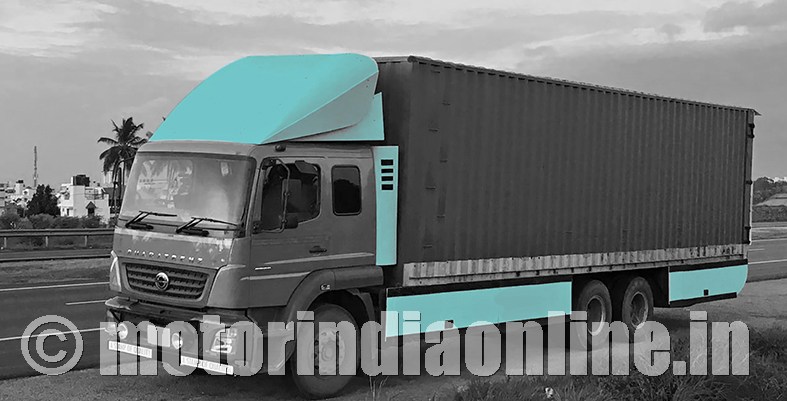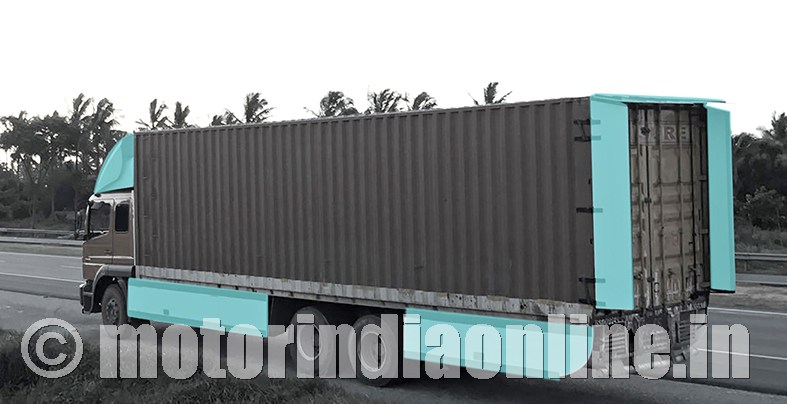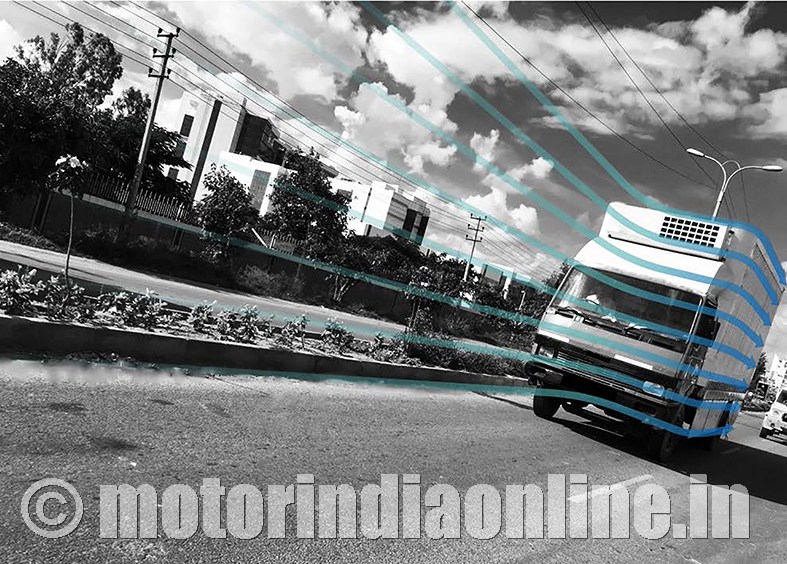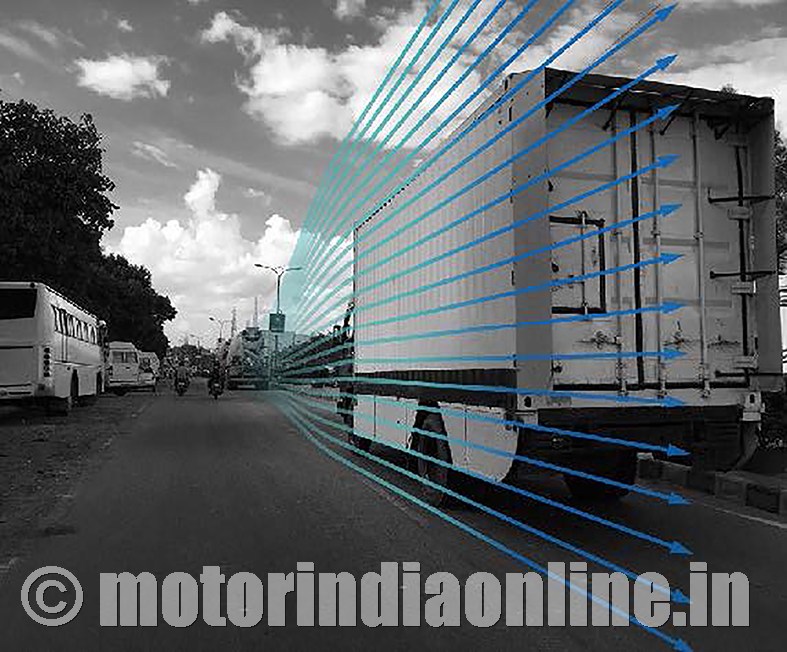The dream in their eyes and the pure zeal to do good for the society shine through Pradeep Pandurangi and Prithvi Sai Penumadu. Inspired by the character of Mohan Bhargava, played by Shahrukh Khan in the 2004 Hindi film, Swades, and by India’s 11th President, the most respected nuclear scientist loved by the world, Dr. APJ Abdul Kalam, these two youngsters, along with Gianluca Laera, decided to make waves in the Indian truck transportation sector. Their academic background as aerospace engineers from Delft University of Technology, the Netherlands, came in handy.
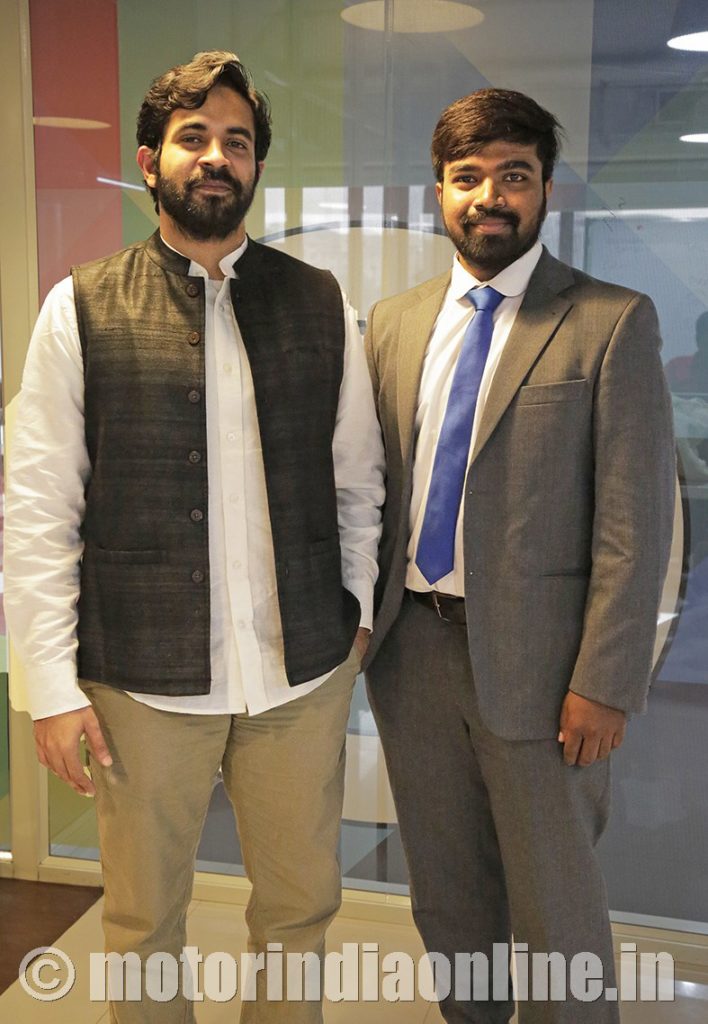
The rest is all about creating history – one truck and a set of fairings at a time… as a start-up AeroTruck.
From Aryabhata to AeroTruck
The name AeroTruck has its roots in the great ancient mathematician Aryabhata in 476-550 CE… from Arya to Aria which is also ‘air’ in Italian, owing to the third partner who is Italian, the name that came about was Aria AeroTech.
Mr. Pandurangi, Director, AeroTruck, says: “Since the focus is on aerodynamics and trucks, the official name we decided upon is AeroTruck.”
Though registered earlier this year in India, AeroTruck had begun R&D, simulation and testing in January 2016 in the Netherlands. Then, in August 2016, their tests were conducted in India.
Both the partners tried gaining as much knowledge as they could in six short months about the Indian transportation sector to know that it is in dire need of safety and saving fuel and cost, besides being connected.
They share: “Fuel makes up 30-50 per cent of operating costs. The CV sector in India forms only three per cent of the vehicles on our roads, but it consumes almost 40 per cent of the petroleum products. Even a 10 per cent fuel saving can reduce the total fuel consumption by four per cent in surface road transportation.”
They strongly feel that aerodynamics as a solution to fuel efficiency has not been given its due, either by the OEMs nor the operators.
Making a convincing case
They share an intriguing observation about the reactions from a few OEMs which convey that ‘aerodynamics does not work in the Indian context.’
Mr. Pandurangi says: “There is a perception that aerodynamics does not work at 50 kmph, but the fact is that our trucks are so boxy in shape that improving them with aerodynamics also yields significant savings even at this speed. Now, with the average speed increasing post-GST, the more the vehicle is driven at higher speed, the more the gain from aerodynamics.”
He anticipates that in the next five years or so all the trucks will have the ease of operation that aerodynamics can offer because it will be the new standard.
The partners feel that AeroTruck can bridge the gap between what is efficient transport and what the customer is receiving from the OEMs, using the aerodynamic kit that they have developed. Mr. Pandurangi says: “Body builders are not knowledgeable enough to implement aerodynamics and the OEMs have other priorities, including selling more chassis. We bridge this gap by performing road tests, and fuel savings can be anywhere from six to 11 per cent.”
Aero kit
AeroTruck offers adaptable light weight fairings to be added on to the truck easily, even if the truck is old.
Mr. Penumadu explains: “These fairings streamline the air flow around the vehicle, reducing the pressure difference so that the truck can move at a higher speed, or if at the same speed, the engine can work at reduced levels. That is how fuel is saved. We identify low pressure and turbulence areas on the trucks using CFD simulation.”
Mr. Pandurangi adds: “The fairings stay in shape when the vehicle is moving and when it stops these can moved so that the doors can operate in a normal manner.”
But with it comes a unique problem – that of extended vehicle dimensions. AeroTruck is aware of it and has a solution too.
Mr. Pandurangi shares: “The back fairings can increase the truck length by a factor of 30 cms. With tractor trailers there is no issue. Even if the remaining parts of the kit are implemented, they can still save around seven per cent fuel. We are talking to ARAI to push for regulations to enable the use of back fairings because these are not load bearings. So it is not the body that is actually extending. European regulations allow these aerodynamic aids and, as is generally the case, we hope Indian regulations will follow soon.”
The Truck Lab
AeroTruck demonstrates the benefits to its customers rather than convince them verbally. And the result is the ‘Lab Truck’, a Tata reefer. It helped attract cold chain companies because it is a known fact that their bane is higher fuel costs as compared to the CV sector.
Mr. Prithvi Sai Penumadu, MD, AeroTruck, explains: “This is a 19-foot container which we have modified a little. We then tested it with sensors, aerodynamics, and on board electronics on long and short routes at different speeds to see the fuel percentage consumed. Then we correlated with our software solutions using CFD analysis and vehicle modelling. This has helped us break the perception that aerodynamics is useful only above 100 kmph because of its fluid dynamics which is different at different speeds.”
AeroTruck, hence, is currently seeking distributors to build a network so that they can tap into the existing supply chain and feed it with their aerodynamics kit.
Winning them over
Using their applied-for-patent kit, the partners have already shown their customers a seven per cent fuel savings even in the stationary mode. But winning them over will be easier if AeroTruck can tap into the key issues that bother the owners, like fuel pilferage.
Mr. Pandurangi shares: “We are developing sensors for it which will be tamper proof.” It is also important to tap into the understanding of the dynamics of the owner-driver relationship which has its great impact on the fuel efficiency of vehicles.
He expands: “If the owners wish to implement this new technology smoothly, they will have to share a certain percentage with the drivers. Some do and some don’t. If they do, then the driver has an incentive to be open and make the technology work.”
In the process, AeroTruck has realized that the owners and operators were unaware of their baseline fuel consumption, let alone fuel efficiency of their vehicles.
Mr. Pandurangi explains: “We draw a baseline for our customers and show them how our kit improves the fuel efficiency over a few months. We are now at a stage where we can get GPS route data from any truck and we can predict the fuel consumption.”
AeroTruck’s kit uses non-corrosive, water and fire-proof material for its fairings. The partners say that since they are made of GFRP, they last till the body does and, in turn, the truck value is enhanced as a fuel-efficient vehicle – another definite advantage to the customer.
While the business of convincing customers and widening network goes on, the two aerospace engineers would always like to go back to their first love – developing technology and design.
